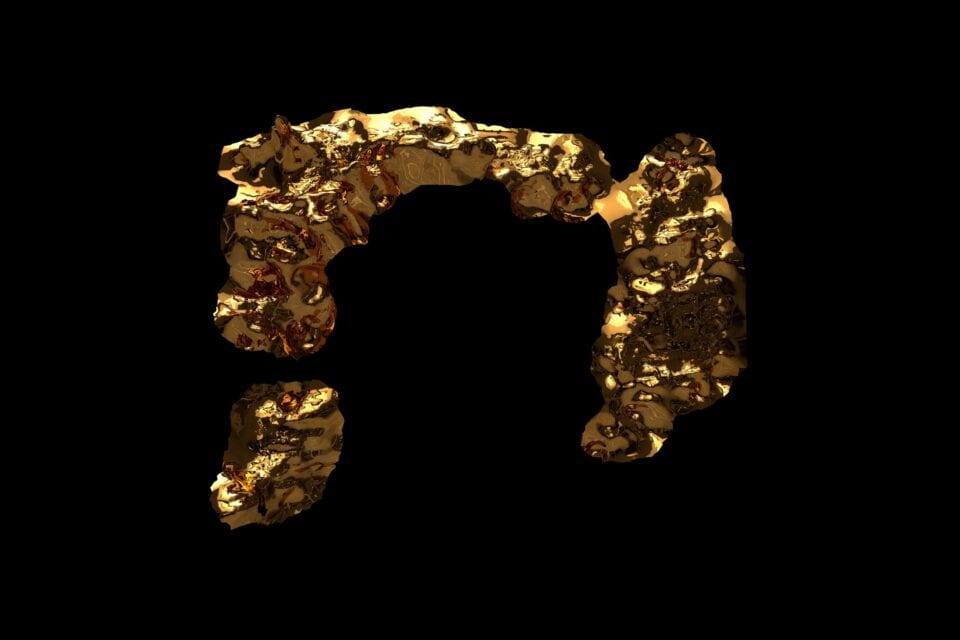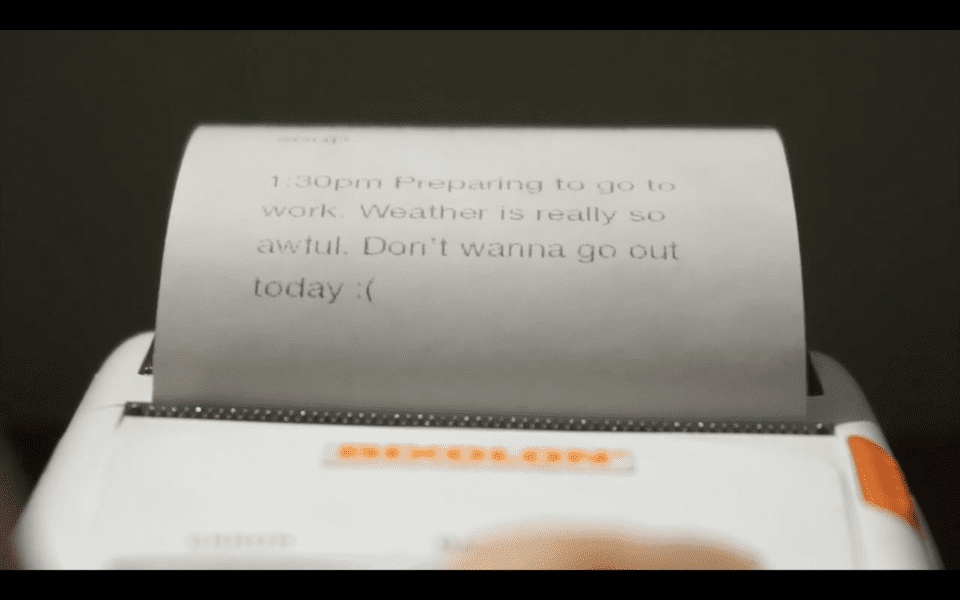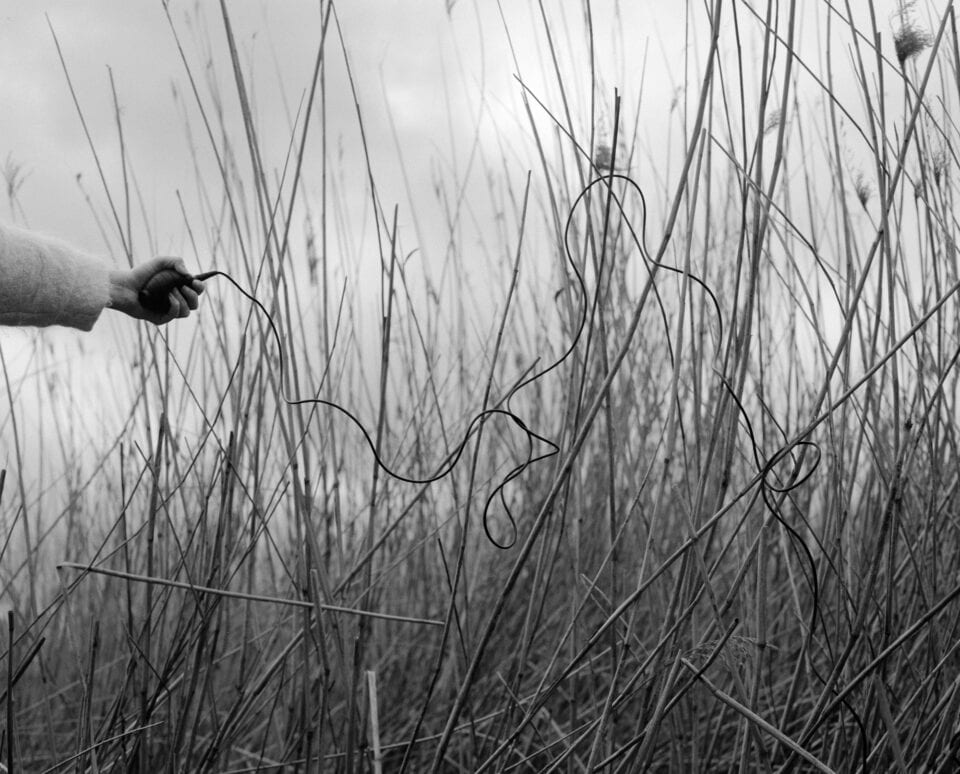Lee Mackinnon (Senior LecturerBA (Hons) Photography at London College of Communication, UAL) and Peter Ainsworth (Co-course Leader BA (Hons) Photography at London College of Communication, UAL)
The past four months have seen students across the globe driven into lockdown, separated from classrooms. The last two months have seen global reactions to the murder of George Floyd, and protests against the sustained violence of colonial legacies. From the total atomisation of global communities, we have since witnessed a renewed call to action: to think and create together. An urgency has been defined and is reflected in the work of this year’s graduating students of photography: works dealing with substantive concerns of the present are not simply rhetorical devices, but agents of change and speculation. The turbulence of our time is addressed in the presence of precarity, whether in finance, environment, or understanding the global “netizen.”
Anjali Gupta questions the biopolitical conditions of pandemic, particularly that lockdown has disproportionatelyaffected those living in poverty. Closed doors (2020) evokes neoliberal society withdrawing care from vulnerable citizens. Her project reads the emptiness of south London’s streets through extracted interviews conducted by ATD Fourth World, a human-rights, anti-poverty organisation. An exploration of “the hidden stories and lives of people going through the pandemic, who have been pushed to the margins of society.”

For Byorei Sung, “precarious labour is an unsteady one, with fears that even if [he] is now in the workforce [he] may be driven back to the periphery of the labour market.” (2020) Is the artist’s labour a form of work? Whose work do we name and value? In practice, the function of commerce is turned into a means of artistic production as she inverts the gesture of giving a receipt into the process of her practice.
Xiaomeng Cheng states that by resisting the master’s discourse the body too can escape “the status of being the object which only exists to be desired and consumed.” Cheng highlights European discourses that consign Asian women to dutiful workers, whose only recourse to escape is the “white knight” of European fiction. She skilfully traces these archetypes through the novel Madame Chrysanthème (Puccini’sMadame Butterfly), to the high-tech orientalism of latter-day fiction.

Dismantling hegemonic power has been a major theme in the work of this year’s Photography graduates. Isha McCulloch recalls walking through emancipation park in Kingston Jamaica: “I see sculpture of a man and a woman facing each other emerging out of the ground. They are black. They are cast in black. They are imposing. They stand proud. They are grand. I quietly compare the black man to Trafalgar Square’s Nelson.” This quiet comparison indicates the gathering of global outrage that would rain down after the brutal murder of George Floyd in Minnesota some five months later. In practice, McCulloch defines a sense of place by understanding ritual and the genealogy of objects. “There is something very powerful about being able to walk through where my ancestors may have been sold. To look up and enter the same houses that were forbidden.”
Processes of surveillance capital and data become the subject of Zahraa Karim’s work, exploring digital visibility. Her engagement with open source facial recognition software is frustrated: the machine is unable to seeher. Karim wishes to create an ethical data set where agency becomes a form of digital activism, “offering visibility and agency to participants, my practice begins the conversation by posing a question, rather than an answer…a step towards equity and justice in the use of AI.”

Critiques of Empire persist in themes of erosion and extinction. Phoebe Somerfield is clear that the geological epoch of the Anthropocene cannot be conquered by the European gaze or assuming the master’s discourse. We must rather “delve into the sludge.” It is perhaps “the sludge” of capitalism that will tell the future most about how we lived, not the grandiose fossils we imagine in vitrines. In practice, Somerfield thinks withthe landscape through performance, highlighting an eco-feminist viewership.
Sludge becomes clay, forming Wojciech Fec’s brick –– a measure of the Empire’s expansion: “formed by hand from mud or clay a brick takes the form of an approximated cuboid, traditionally with a ratio of 4:1; the archetypal bricks dimensions are predetermined by the shape of the human hand” (2020). The built world can be seen as prosthetic to the human body. This referent is evident in Fec’s practice where remnants of computation queer dimensionality, reclaiming “the queer spatial experience; the gay face, the sissy walk, voguing. Queer architectural practice and urbanism. Grindr equating kinship with physical proximity, ordering potential partners based on their geographic coordinates. Sexual dimorphism disappears in the fourth dimension.” Experimental reclamation where the photographic process becomes metonymic – the glitch celebrated and monumentalised through algorithmic digital process.

Arianna Poverini’s concept of post human entanglement, read through the lens of Karan Barad, manifests in the installation, Heavenly Bodies / Your Eyelashes On-fire / Fabric of the Spacetime (2020). Here, Poverini explores the boundaries of the human, relational to quantum understandings of space-time. A poetic interplay of images infinitely reflected in the speculative exhibition space. As she states: “If it is all connected at a subatomic level, everything is forever existing everywhere.” Descriptions of the universe made from the perspective of an observer are inevitably situated in particular sets of knowledge and we cannot look at phenomenon in its entirety. She terms this position as “observers from within.” And in this capacity states that we “need to embrace that matter and meaning are not two separate entities which coexist; they are components of a whole, and they cannot be parted.”
As academics, we have a privileged view into the future of human creativity and thought through the intellectual and practical work of students. The snapshot presented here is by no means definitive or complete; but is a substantive document of the conditions in which we are submerged, or about to enter. Students show us the shape of the future and the limits of our own knowledge. Only by following them beyond these limits, can we continue to contribute to conversations about how that future might take place.
arts.ac.uk/colleges/london-college-of-communication
Credits:
1. Phoebe Somerfield, On Fairly Solid Ground, 2020
2. Arianna Poverini, Heavenly Bodies / Your Eyelashes On-fire / Fabric of the Spacetime, 2020
3. Wojciech Fec, Midas, 2020
4. Byorei Sung, Receipt for Life, 2020
5. Phoebe Somerfield, On Fairly Solid Ground, 2020





